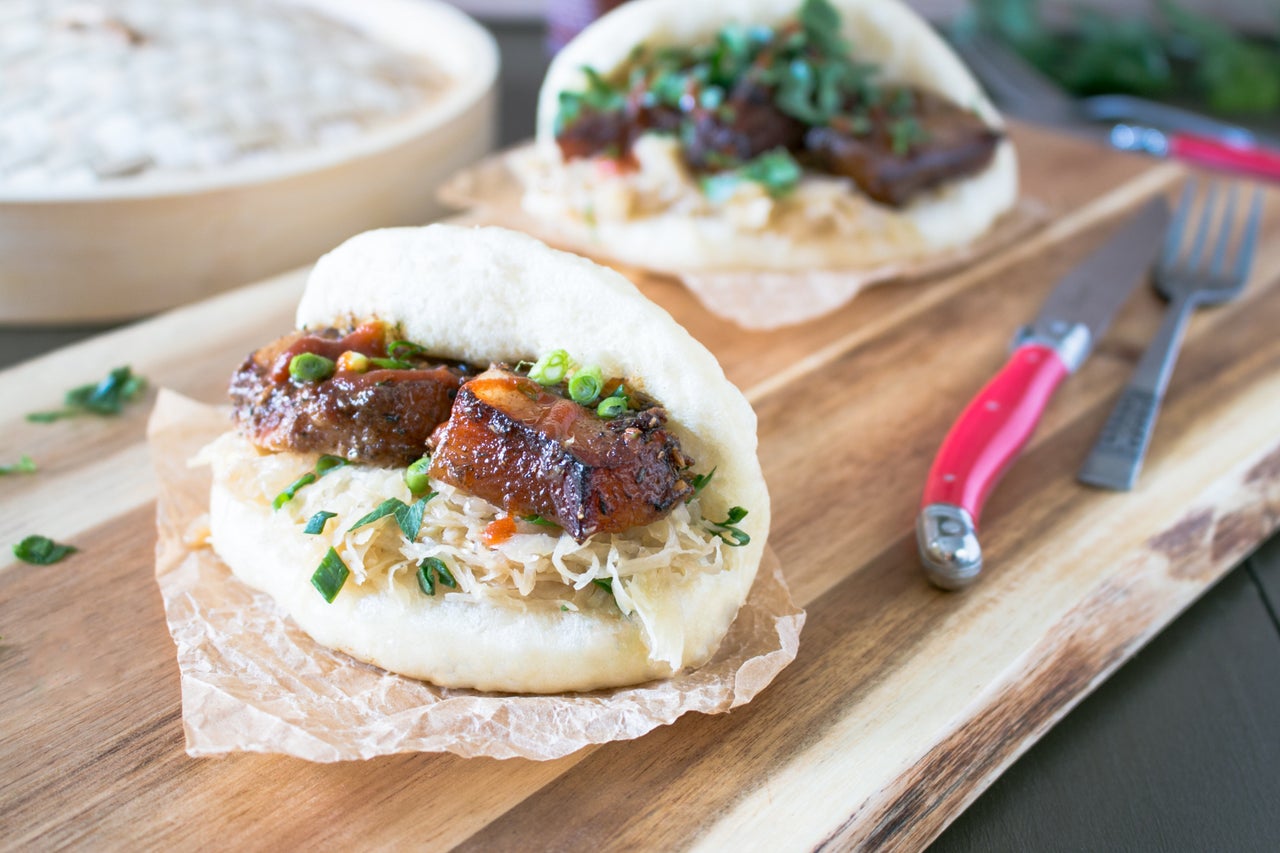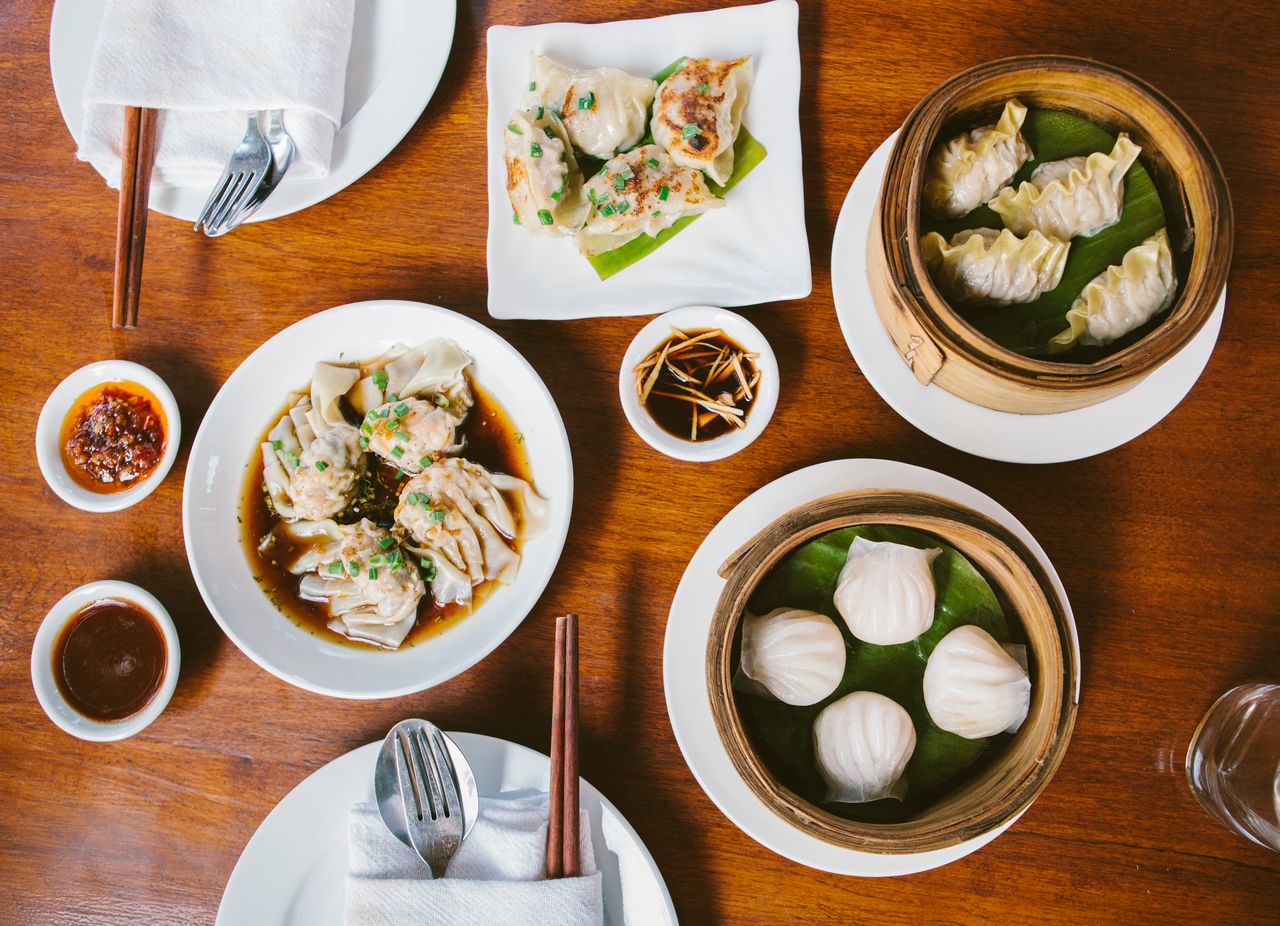You may not think it, but there’s a direct relationship between plunging your chopsticks into that white, quart-sized box of cheaply priced Chinese food — and a laborer diligently driving a spike to lay the railroad tracks that became the gateway to the American West.
May, which is Asian Pacific American Heritage Month, marks the anniversary of the completion of the Transcontinental Railroad. It was largely built by Chinese immigrants from 1864 to 1869, working at a grueling pace for less money than white workers. And these labor practices have an impact today on how much we’re willing to pay for Chinese food ― rooted in a perception that Chinese labor is inherently “cheap,” historians say.
The earliest Chinese restaurants in America were created for Chinese railroad laborers, who were under contract and lacked negotiating power as they laid tracks from Omaha, Nebraska, to Sacramento, California ― cutting through the Rocky Mountains and the Sierra Nevada. With Chinese laborers earning an estimated two-thirds of what white workers made, owners had to keep restaurant prices low, Beatrice Chen, programming vice president at the Museum of Chinese in America, explained to HuffPost.
“The mainstream American consumer mindset is that there is a ceiling to how much we’re willing to pay for Chinese food.”
“This perception of Chinese restaurants has stuck, even though high-end Chinese restaurants in Asia are common and popular,” Chen said. “The mainstream American consumer mindset is that there is a ceiling to how much we’re willing to pay for Chinese food, even if they are made with the same fresh ingredients and intricate cooking techniques as say, French or Japanese cuisine.”
‘Cheap Labor’ And ‘Job Stealers’
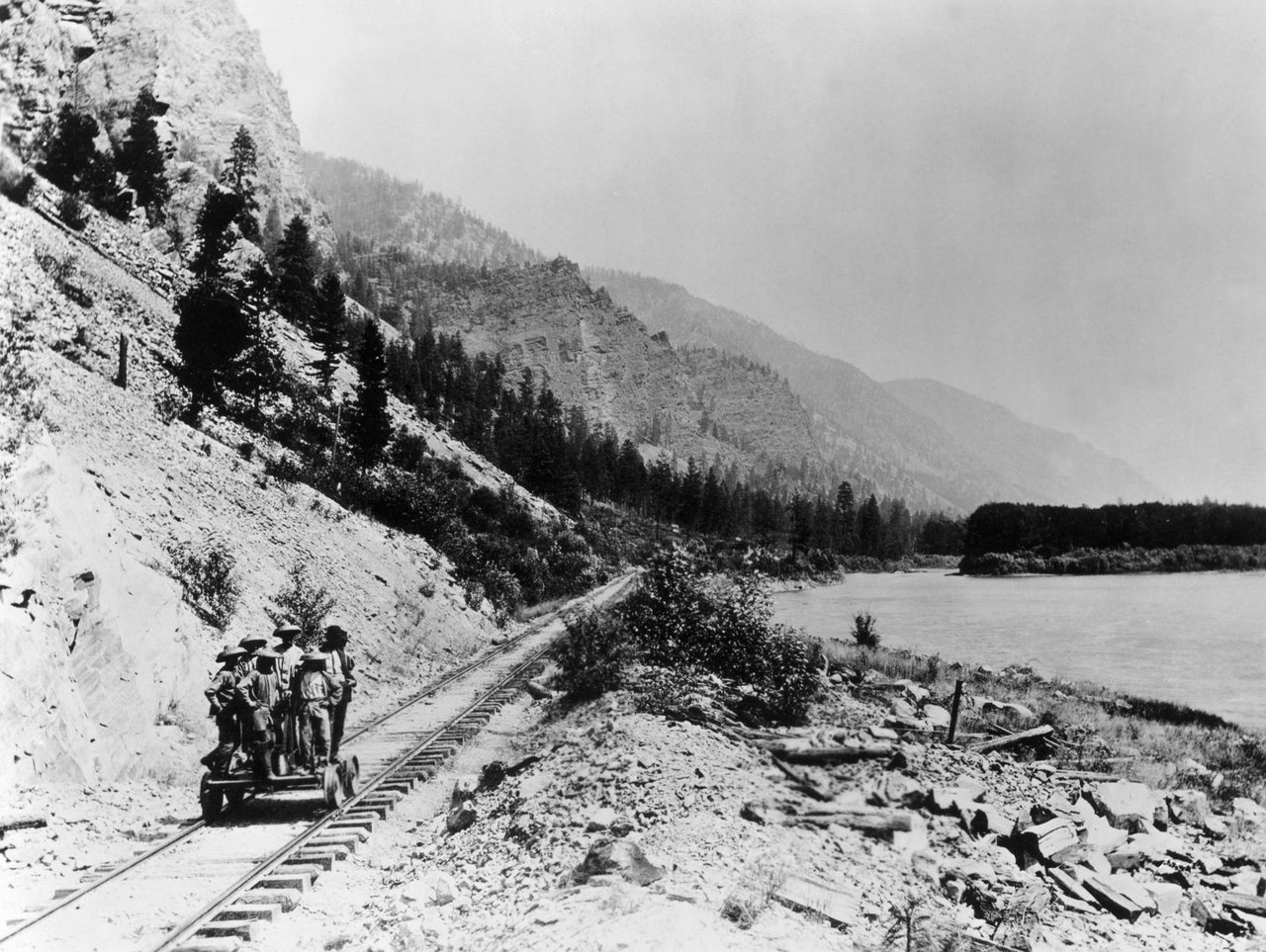
The railroad also laid the foundation for perceptions of Chinese people themselves. White workers at the time were unionizing, and were less willing to work for lower wages. Railroad executives had been skeptical of the aptitude of Chinese workers, but the laborers set out to prove them wrong, Chen explained.
“This led to the general perception that Chinese were willing to work for lower wages and were job stealers,” she said.
But what was perceived as a robotic work ethic might have just been survival, Beth Lew-Williams, an assistant professor at Princeton specializing in Asian American history, told HuffPost in an interview in December. She pointed out a discriminatory labor system within the railroad.
“Chinese were paid less, given the worst strenuous jobs. People against the Chinese saw this as revealing of their innate nature.”
“It was a race-based dual wage system at the time,” Lew-Williams said. “Chinese were paid less, given the worst strenuous jobs. People against the Chinese saw this as revealing of their innate nature. That Chinese were fundamentally ‘cheap’ labor and designed to do this back-breaking labor.”
On top of negative perceptions, Chinese contributions were largely erased through history. Chen said that of the 17,000 railroad workers, 15,000 were Chinese, though estimates vary. A photo below of the final stake being driven into the track at Promontory Summit, Utah, would have people believe they didn’t contribute at all.
“I hope that telling and disseminating American history told from Asian American perspectives will illuminate that Asian Americans are not necessarily quiet (per the stereotype), but rather, Asian American history/stories and perspectives tend to be silenced in the mainstream,” Chen said.
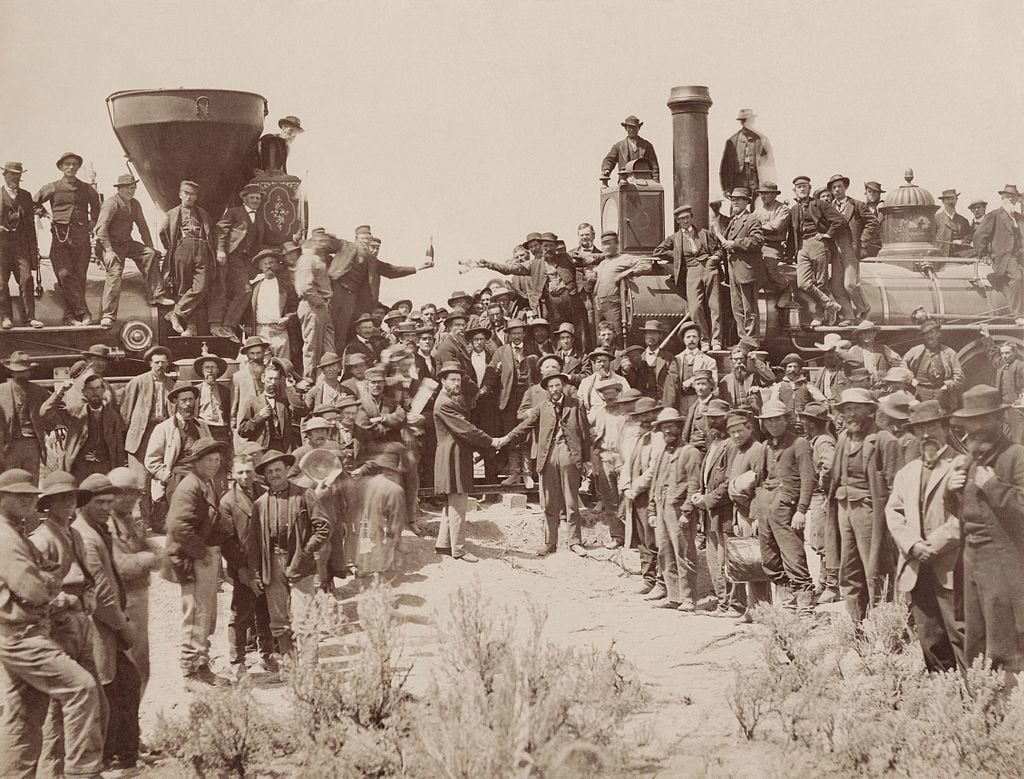
Building A Railroad, And Then Banned
Following completion of the tracks, the U.S. implemented the Chinese Exclusion Act of 1882, stemming further immigration of Chinese laborers. It was the first major law that banned a group’s immigration to the U.S. based on ethnicity.
“The Chinese were originally seen as racially unassimilable,” Lew-Williams said. “They could not become Americanized. They were simultaneously racially inferior, backwards, savage heathen ― and in some dangerous ways ― superior.”
The act was technically repealed on Dec. 17, 1943, allowing 105 Chinese visas per year. The measure was largely seen as an attempt to maintain U.S.-China relationships against Japan during World War II.
In 1965, the Immigration and Nationality Act fully reversed exclusionary practices, which some historians say was meant to prop up Asians as the “model minority” during the Civil Rights movement ― sending a message to other minority groups.
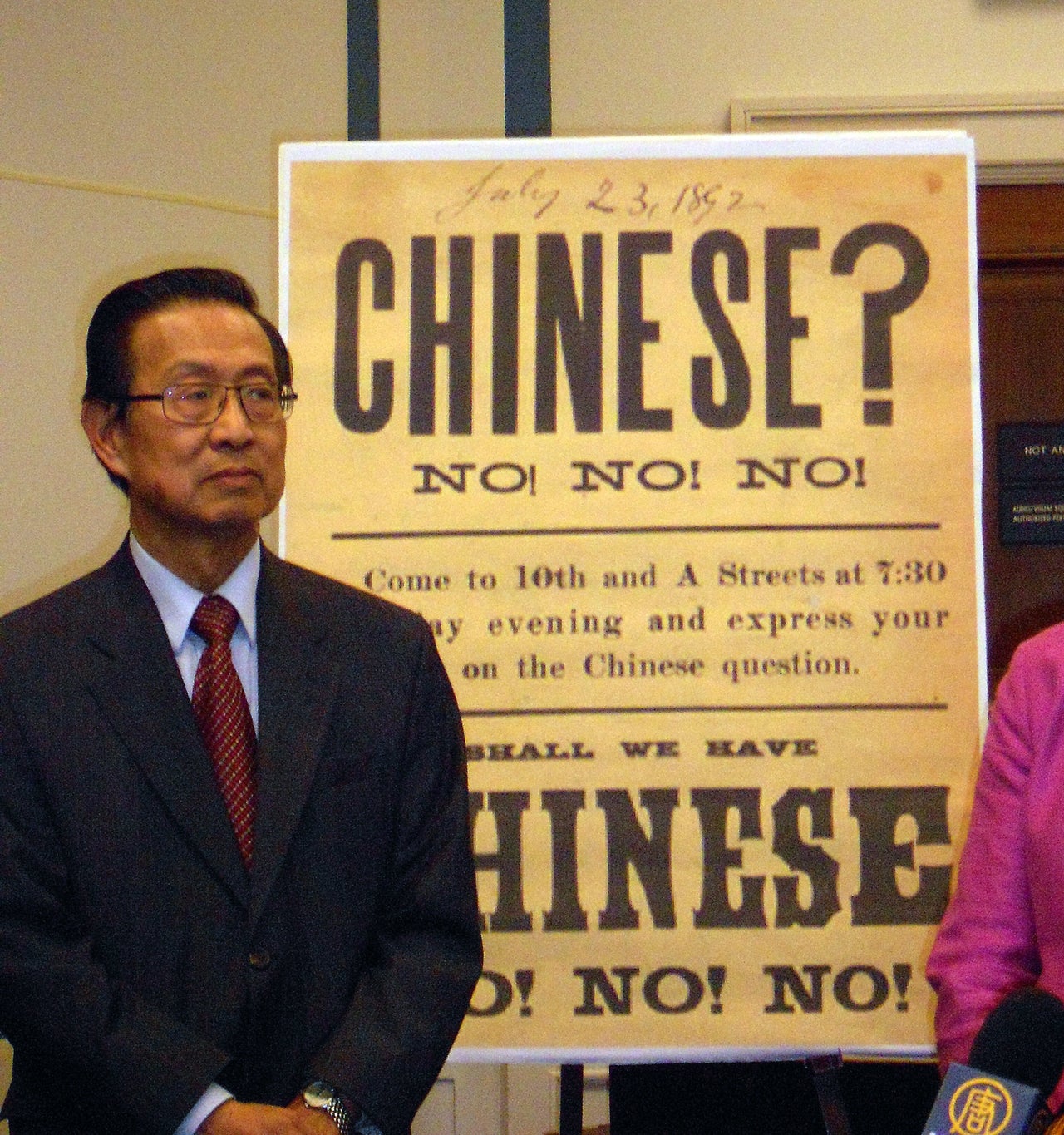
An Immigrant Story For Today
Much has been written about the dangers in grouping together Asian Americans as a model minority monolith and erasing the experiences of immigrants. Peter Kwong, a former Asian American studies professor at Hunter College, pointed out that the struggles of the original Chinese Americans have persisted.
“Because some Chinese people succeeded doesn’t mean working-class Chinese have the same capability and upward mobility. It’s a class issue,” Kwong told HuffPost in an interview before he died in March.
It may be that food is the easiest lens through which to view such thorny topics as class, race, social mobility and how much value we place on a given culture.
“If you take price as a surrogate for prestige ... there are some cuisines we are willing to pay for and some we are not willing to pay for, and that is related partly, I think, to how we evaluate those national cultures and their people.”
Krishnendu Ray, a professor of food studies at New York University, has written about the topic, and said that we might simply hold less veneration for food from certain countries that we see as less well-off.
“If you take price as a surrogate for prestige ... there are some cuisines we are willing to pay for and some we are not willing to pay for, and that is related partly, I think, to how we evaluate those national cultures and their people,” Ray said in Voice of America.
Eddie Huang, owner of Baohaus and a host on Vice, often talks about how mainstream appreciation of food and culture remain a barometer for how conditional your status is as a foreigner, and of your stock value in America.
Huang has expressed dismay that immigrants like his parents feel they have to work harder just to achieve the same pay as non-immigrants. And thumbing his nose to any such established expectation, Huang has said in the past:
“I sell Taiwanese gua bao for a full f**king price in America.”
